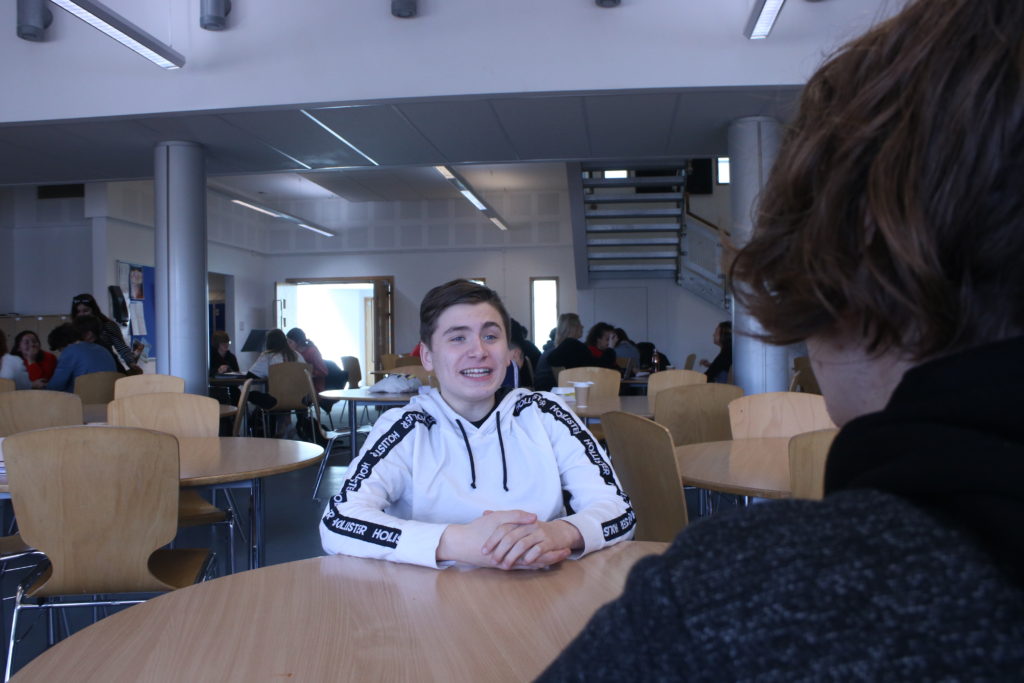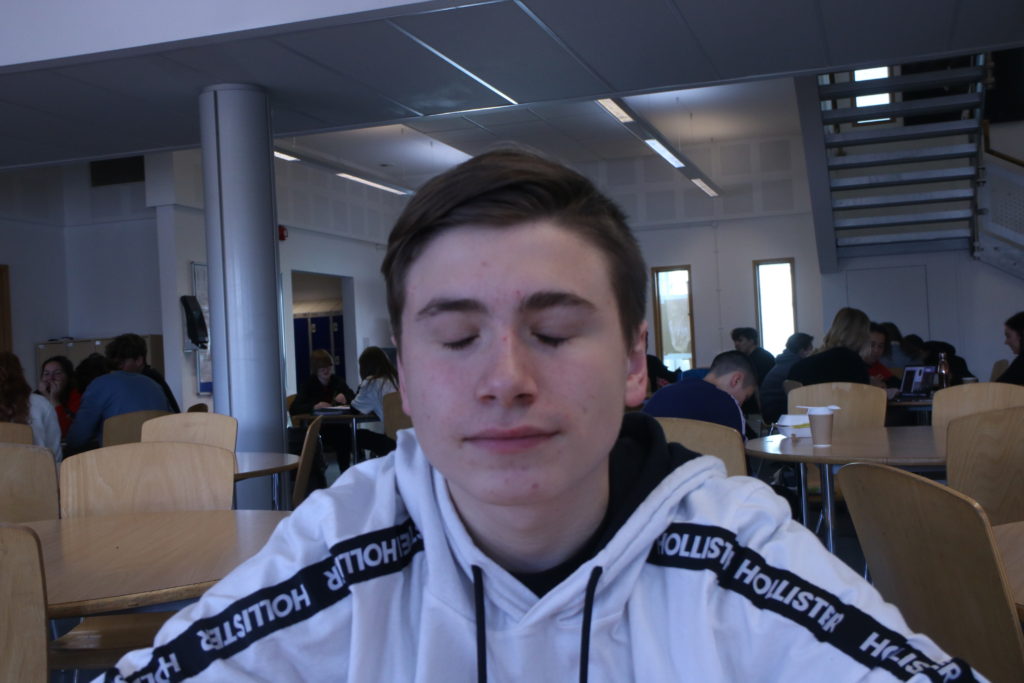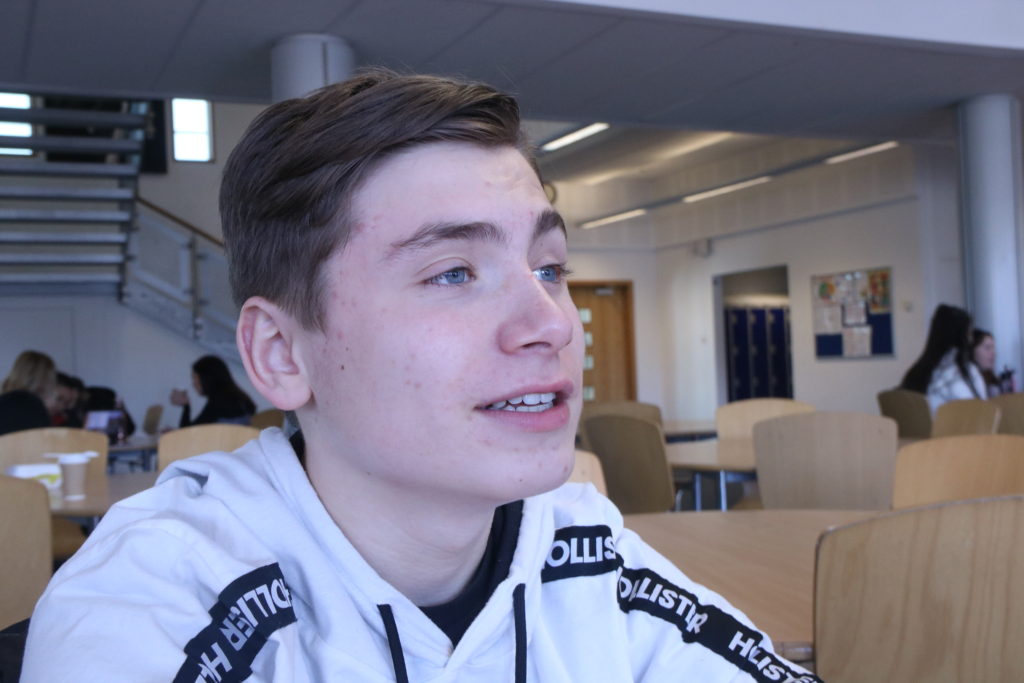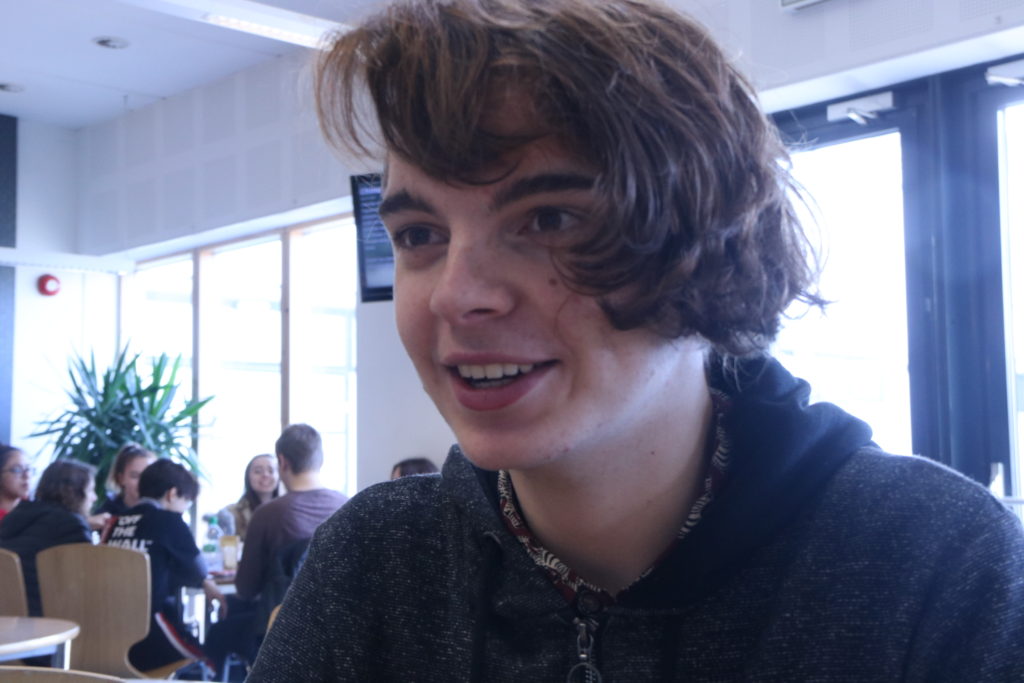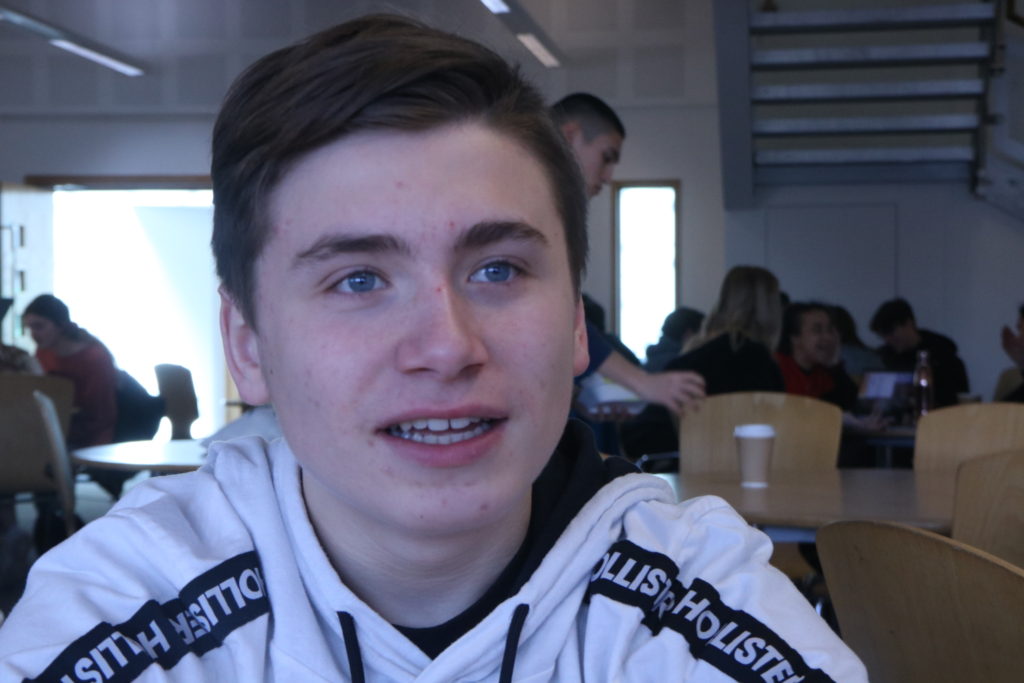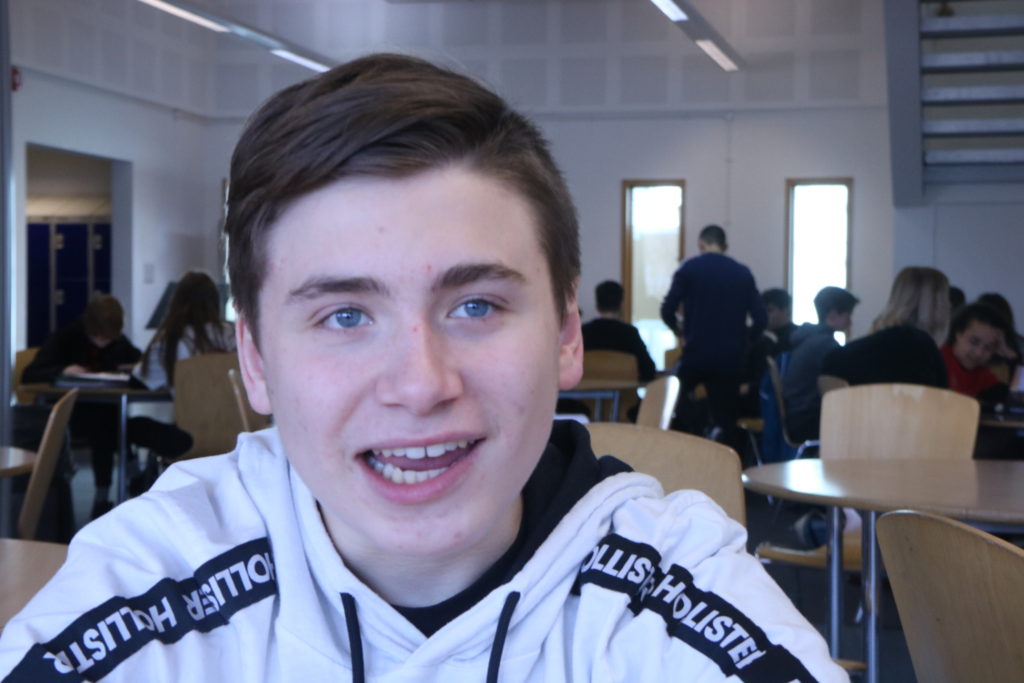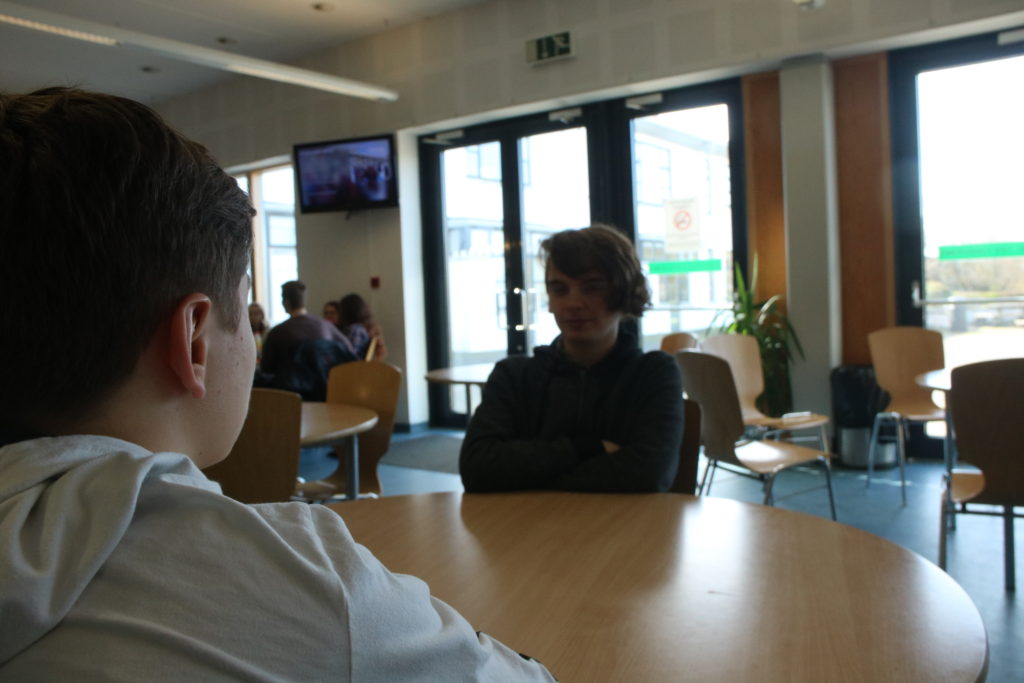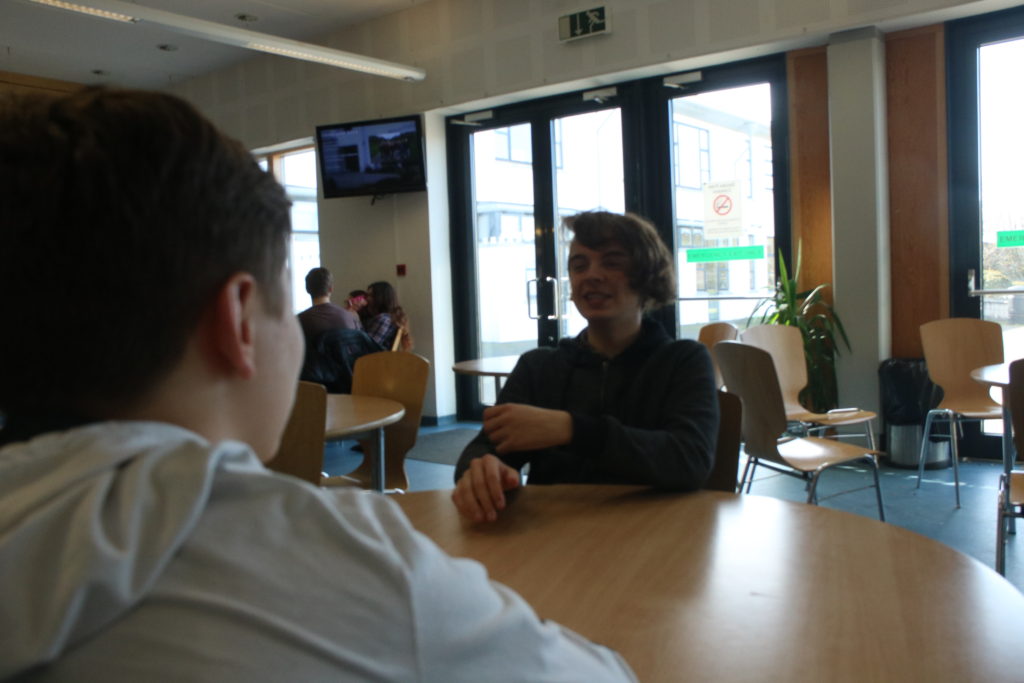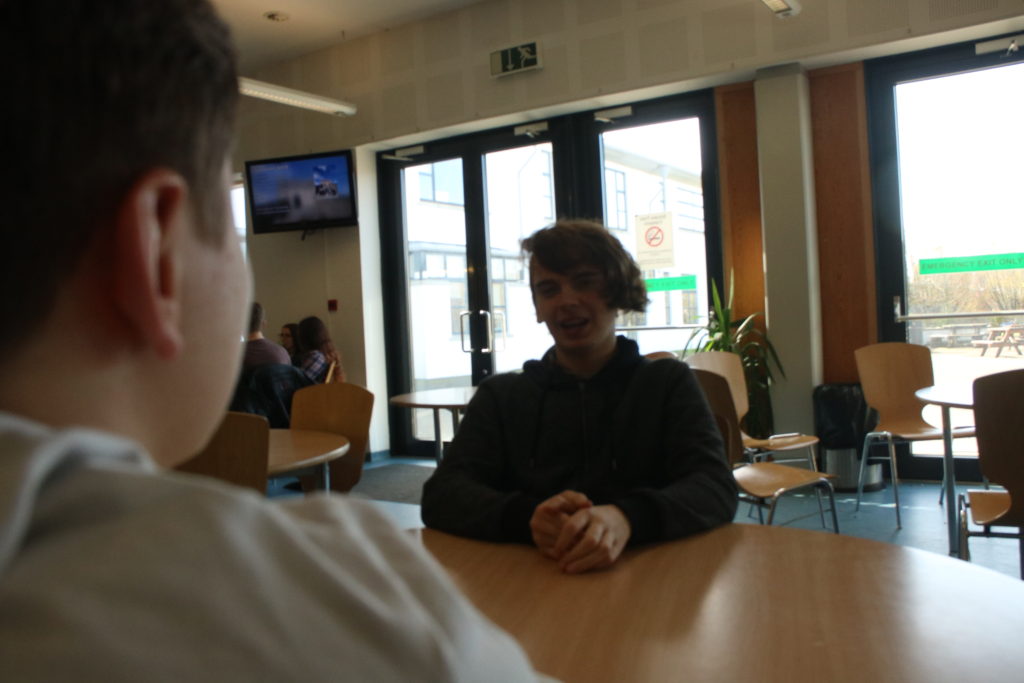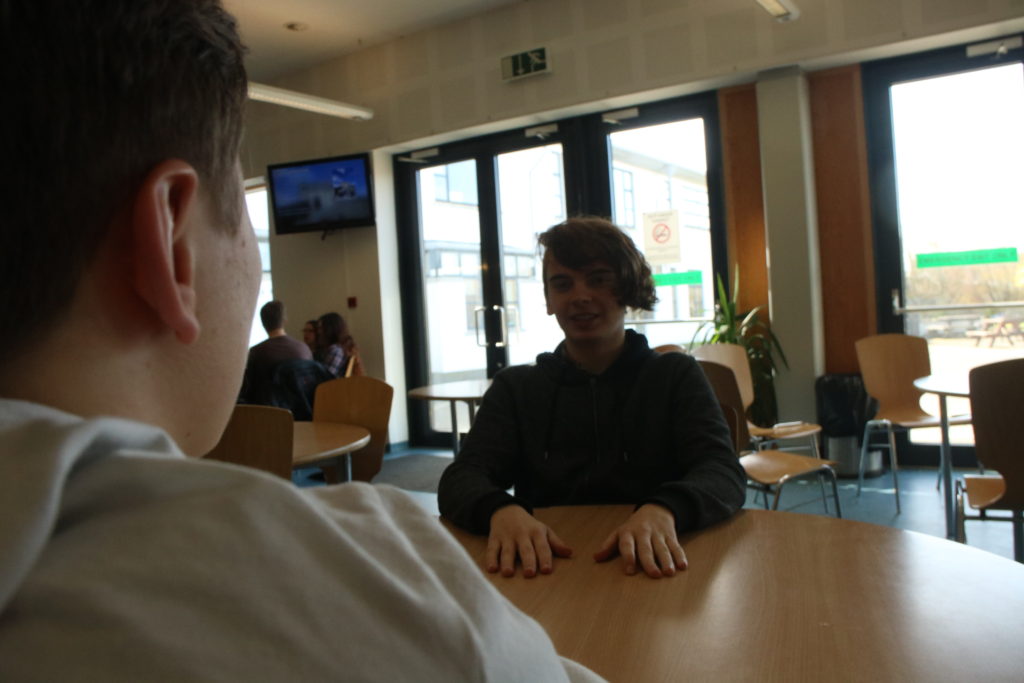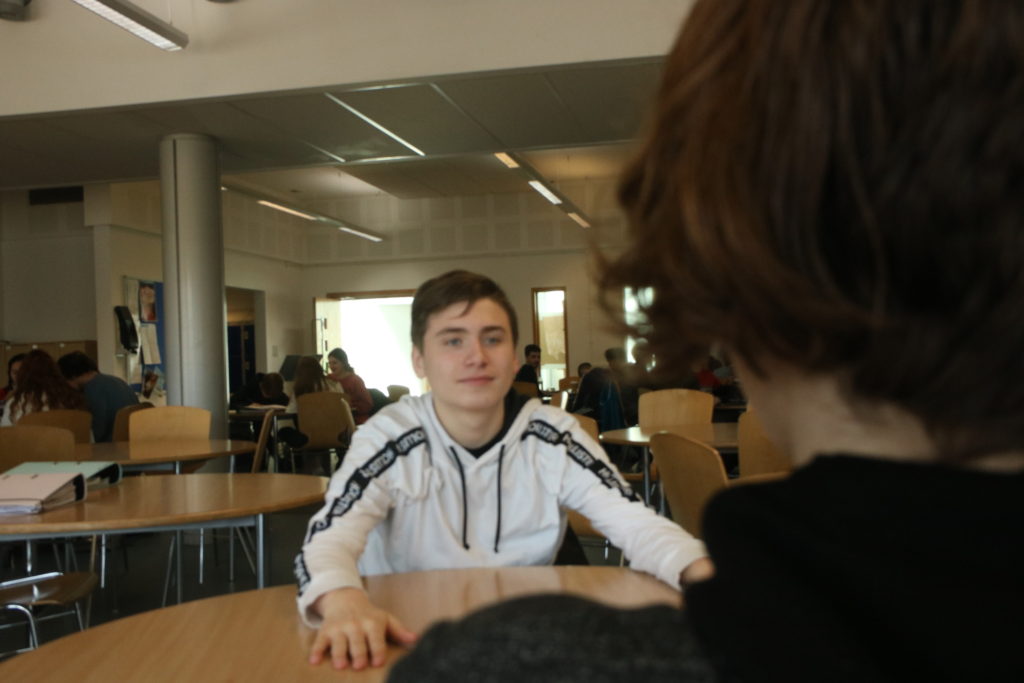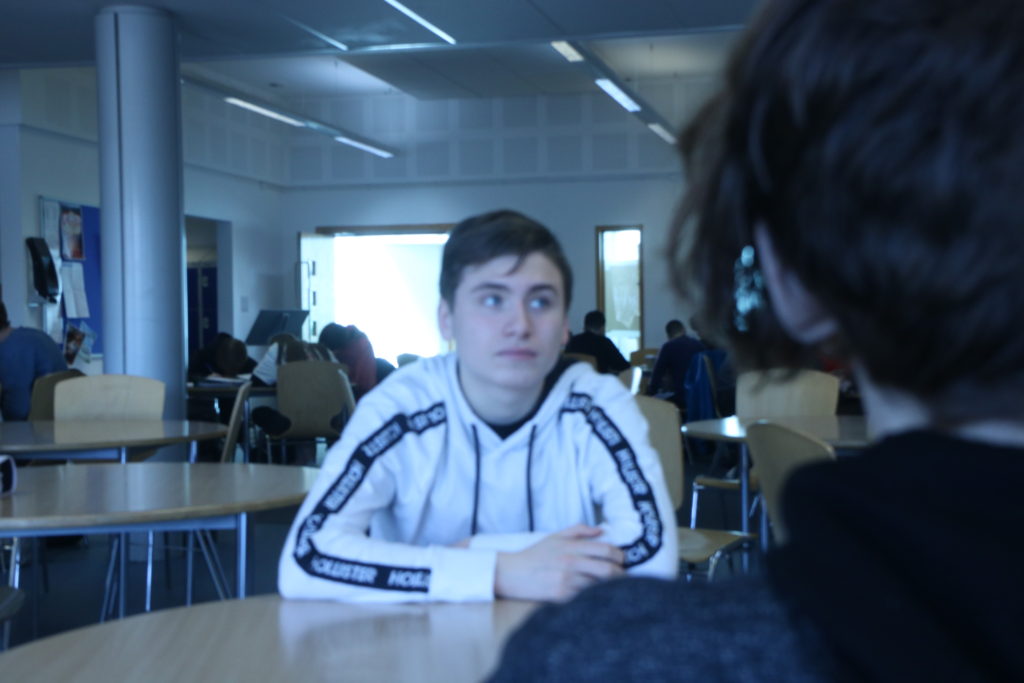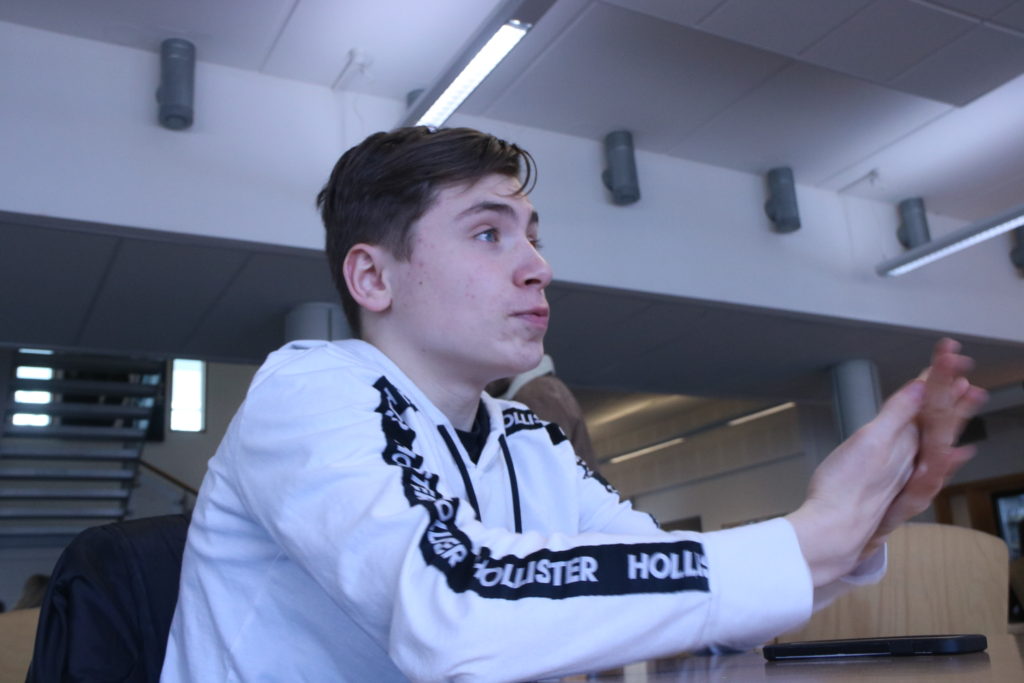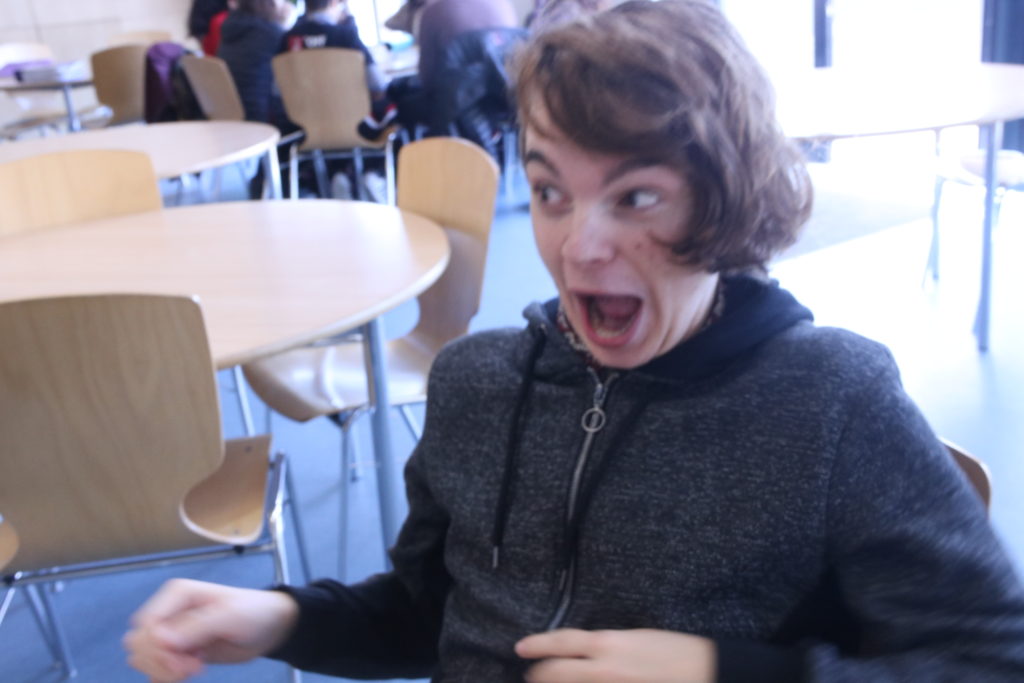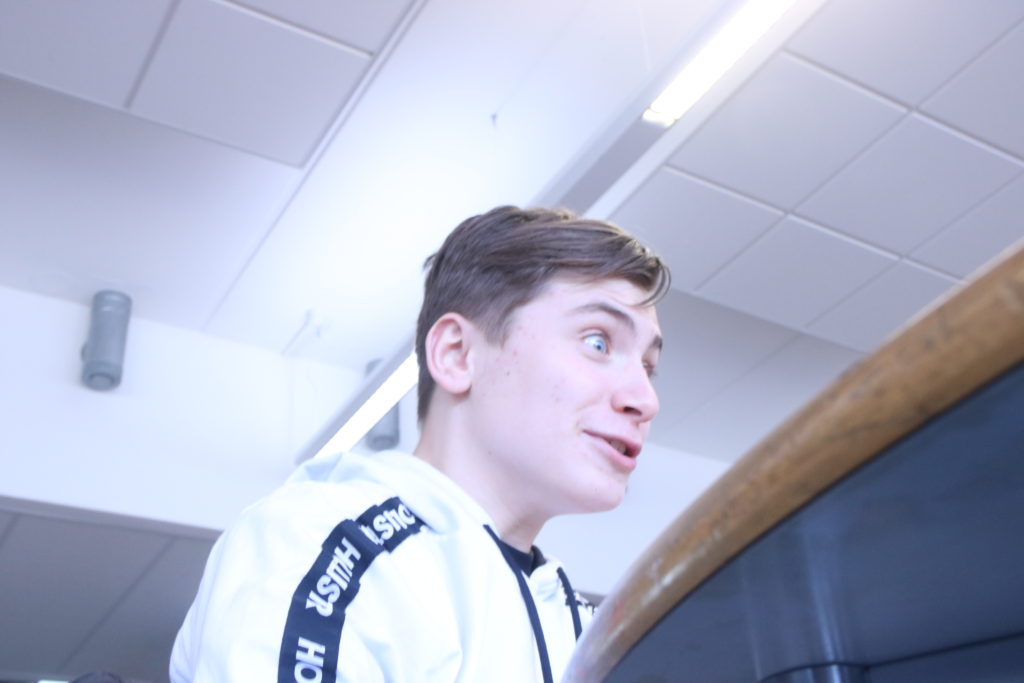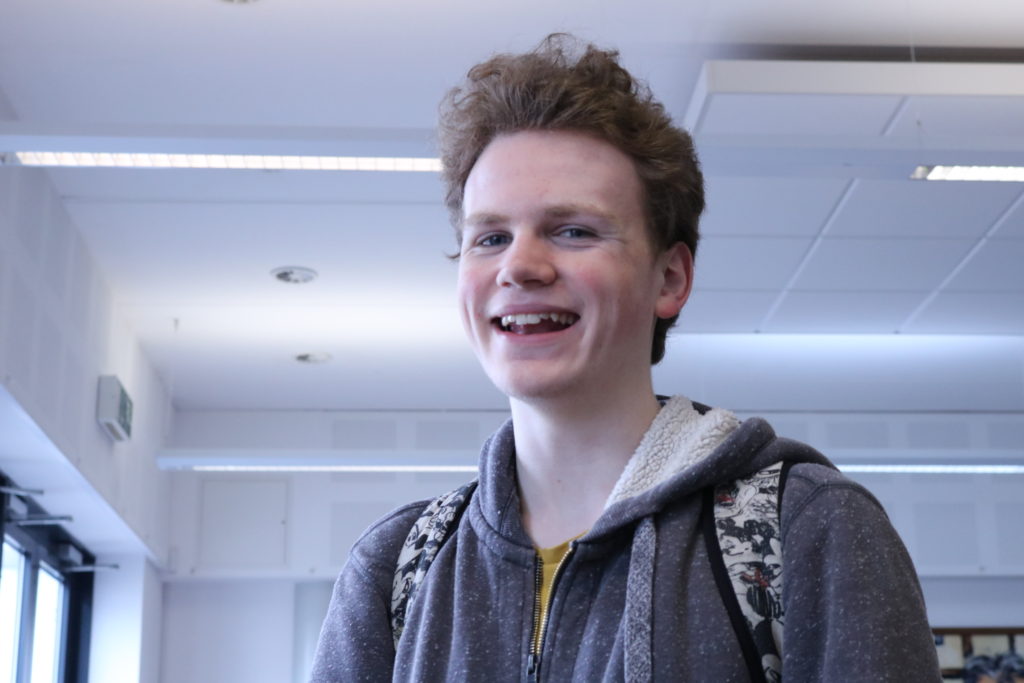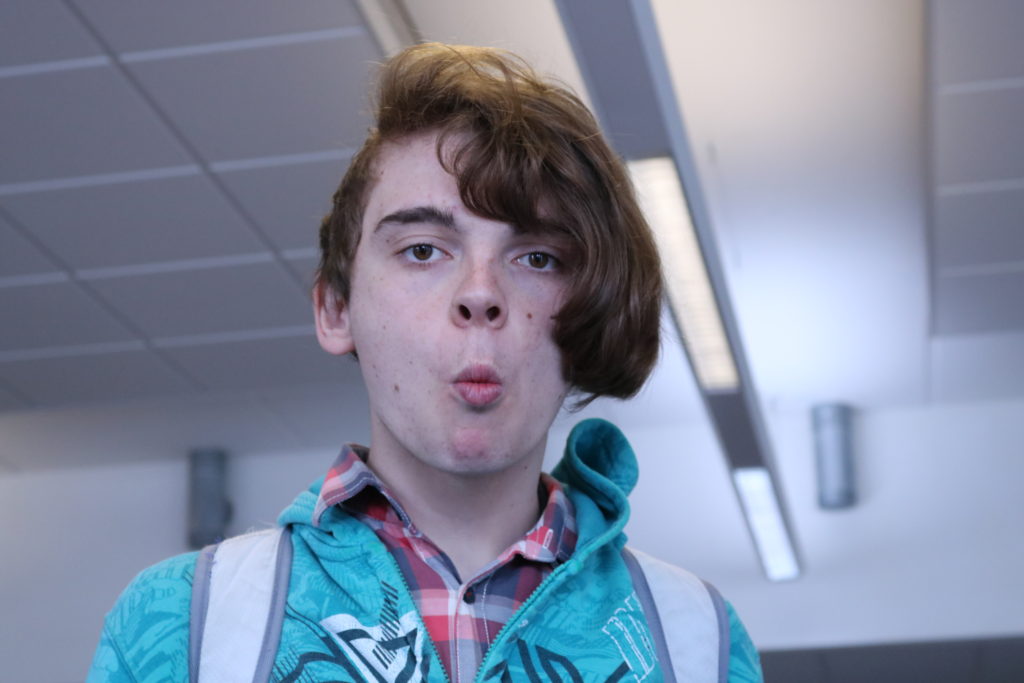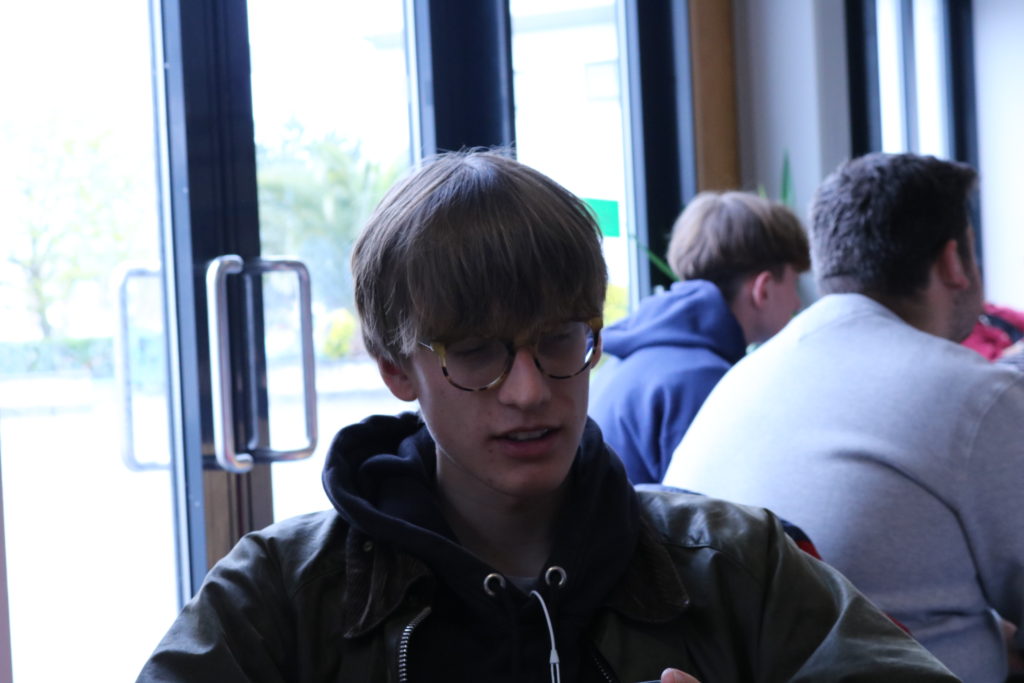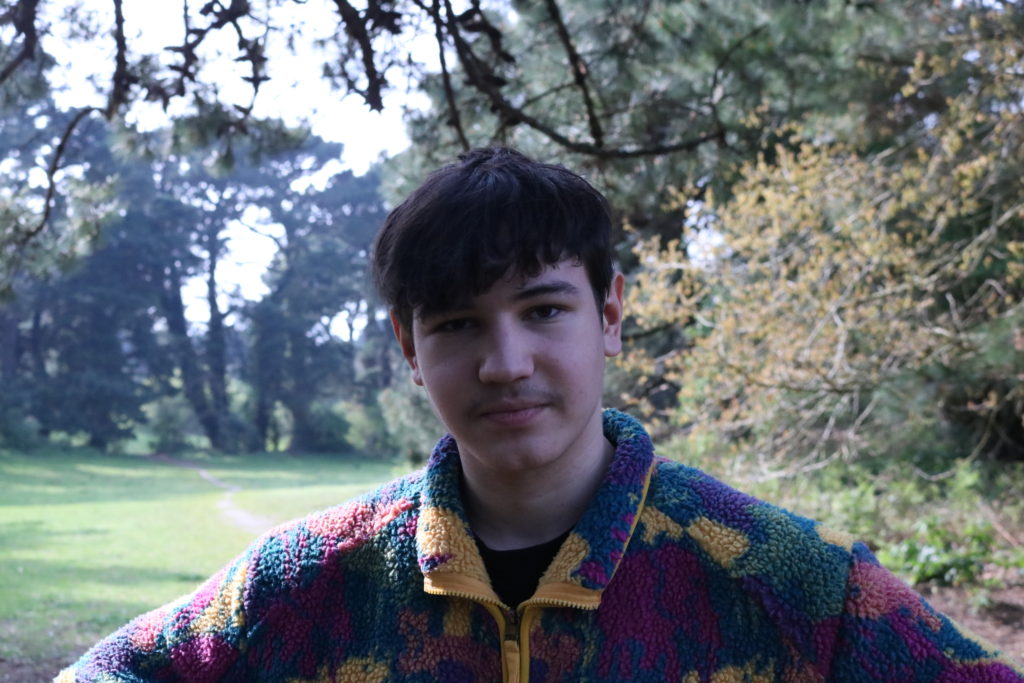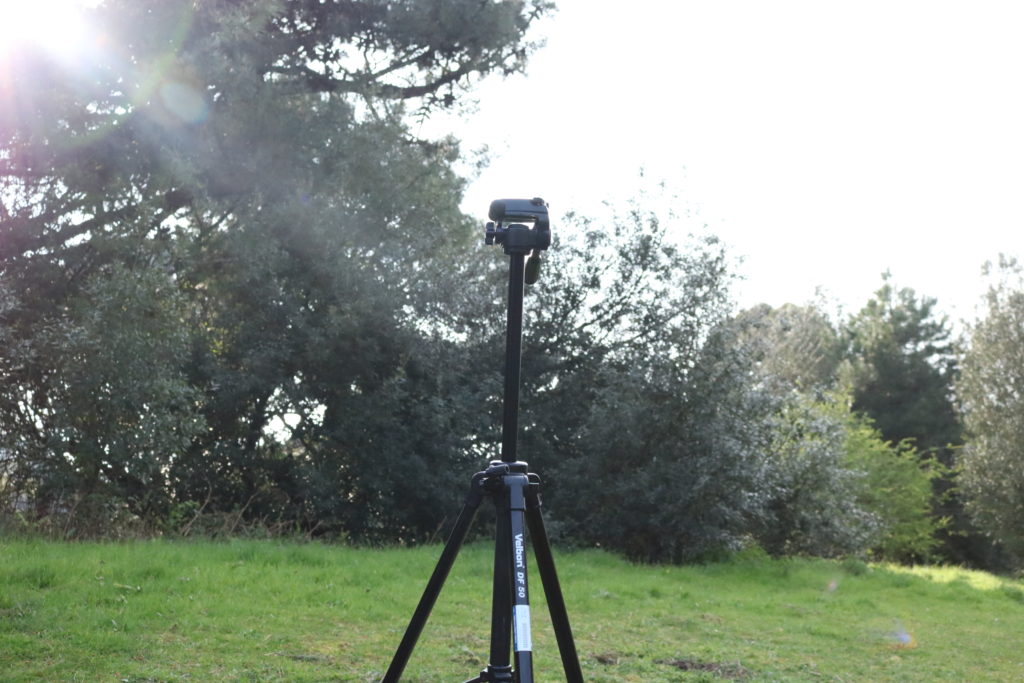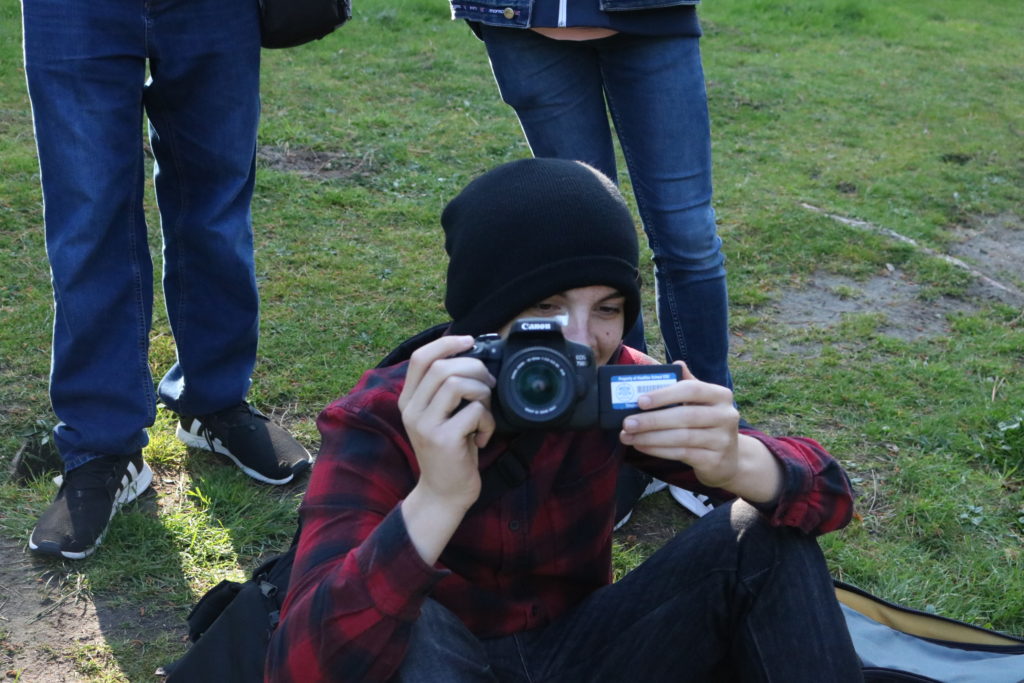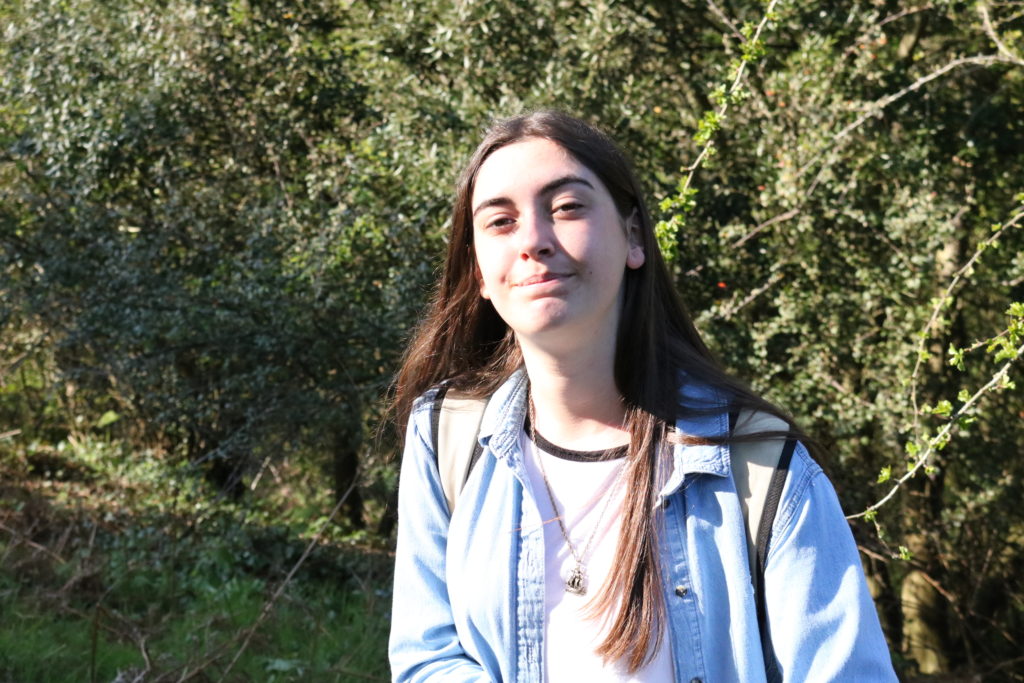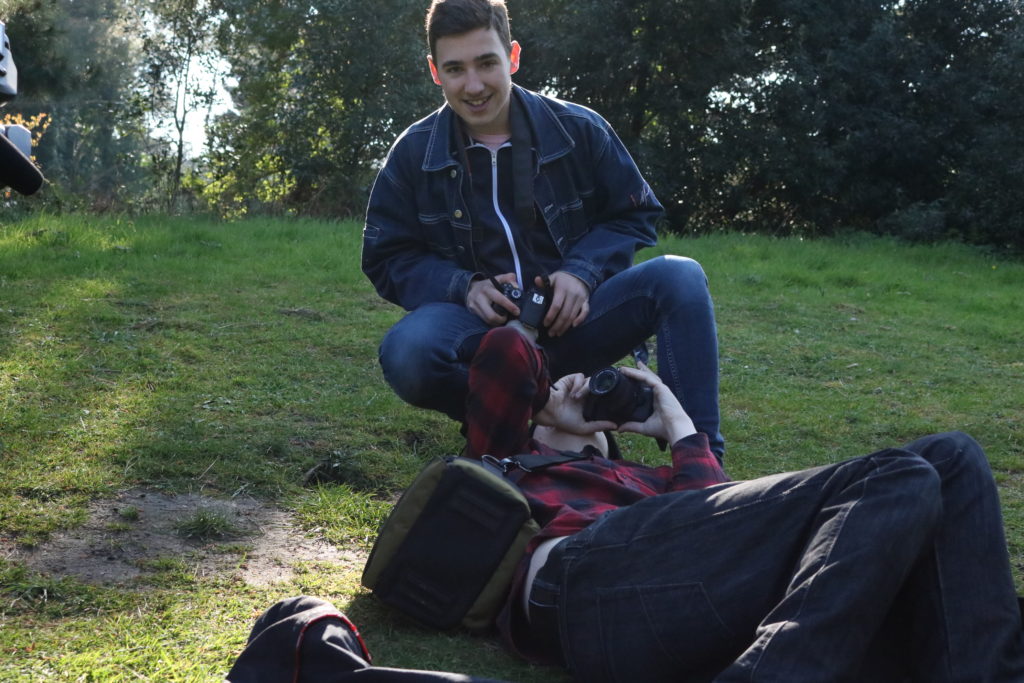Daily Archives: July 16, 2019
Filters
Progress on Comparative
Title Screen:
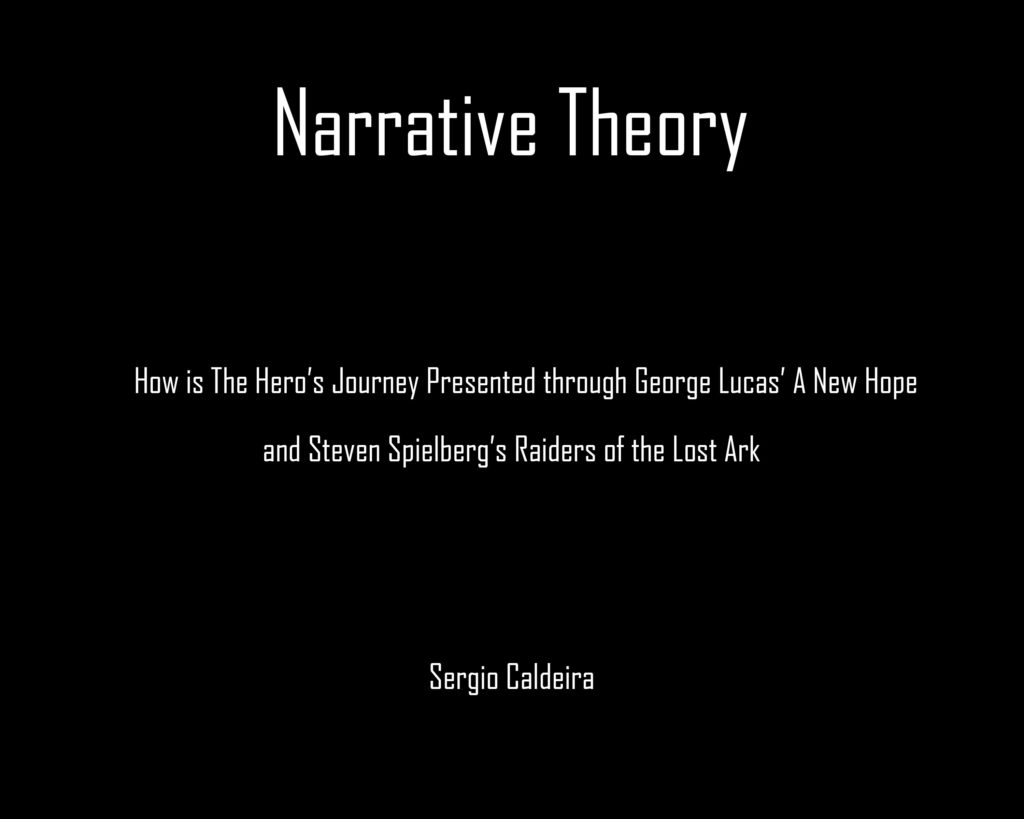
Draft Script
To what extent have modern science fiction films changed since the birth of the genre, shown with The War of the Worlds (dir. Byron Haskin, 1953) and The World’s End (dir. Edgar Wright, 2013)?
Introduction:
Byron Haskin’s 1953 film The War of the Worlds and Edgar Wright’s 2013 The World’s End are both distinctive science-fiction films. They are incredibly recognisable, from the classical Martians in The War of the Worlds, to the well-known actors that appear in The World’s End. These films have been chosen as they were made in contrasting eras of the sci-fi genre, so the development of the genre can be clearly seen. It can be argued that The World’s End is inspired by The War of the Worlds, as many similar aspects can be seen in the two. Haskin’s film follows Forrester and Sylvia as they hide from the invading Martians, who destroy countless cities across the world. After many futile attempts to kill the Martians, they eventually die due to the bacteria in the Earth’s atmosphere. The World’s End also features an alien invasion, but a different narrative, as a group of friends; Gary, Peter, Oliver, Steven and Andy, revisit their hometown for a pub crawl, only to discover that nearly everyone in the town has been replaced by androids. The group attempt to blend in with the blanks, but are discovered and persuade them to leave Earth. As the blanks leave, they trigger an electromagnetic pulse that sends the Earth back to the Dark Ages.
Comparison Point One – Genre:
The War of the Worlds and The World’s End are both very different interpretations of the sci-fi genre. These films can be looked at in terms of Steve Neale’s ideas of repetition and difference, where he states that genre is understood by an audience as being made up of traditional elements, combined with new ones to create variation. (on-screen quote: “[genres are] dominated by repetition, but they are also marked fundamentally by difference, variation, and change.” Steven Neale, Film and Theory: An Anthology [2000]). Variation makes film more appealing for audiences, as each film from a particular genre will be different, rather than every film having similar narratives and becoming predictable and boring. (on screen quote: “repetition is important … variation and difference are crucial” Steven Neale, Film and Theory: An Anthology [2000]). In The War of the Worlds, many classic elements of sci-fi can be seen; an alien invasion, an scientific element, and the eventual victory of the protagonists. This repetition of the genre makes it instantly recognisable as sci-fi for modern day audiences, and lets people know what to expect from the film. As The War of the Worlds was based off the 1898 novel by HG Welles, a lot of the narrative is classic, as there wasn’t a lot of other works at the time. There isn’t a lot of variation from typical sci-fi, as this film could be considered to be in the experimental stage of its cycle. This idea comes from Christian Metz, who states that all genres go through four stages in a cycle: the experimental stage (where conventions are established), the classic stage (where conventions become iconic), the parody stage (where conventions are mocked), and the deconstruction stage (where rules and broken). (on screen quote: “The laws of genre are derived from earlier examples of that genre” Christian Metz, Film Language: A Semiotics of the Cinema [1974]). The World’s End also has a lot of the same elements of sci-fi as The War of the Worlds, despite the fact that it was made 60 years later. The aliens, the conflict and the idea of advanced technology make the audience aware that this is a sci-fi film. However, this film comes at the deconstruction stage of the genre, so there are a lot of aspects that make it unique. There are some examples of variation from classic sci-fi, for example when the protagonists don’t completely win at the end of the film. The blanks leave Earth, but leave it ruined. The World’s End is also combined with the comedy genre, which makes it more appealing for audiences, and reflects the deconstructive nature of the film. At the time that The War of the Worlds was released, sci-fi was still relatively new to audiences, and the film experimented with the genre. The plot tends to focus around the military and defeating the Martians through war strategies, so at this point the sci-fi genre was merged with the war genre to expand its audience. This could also relate to the context of the film, as it was released after two world wars, and there was the threat of nuclear attack in America from the Cold War. The Martians could have been a metaphorical representation of the threat of attack from others. On the other hand, the blanks from The World’s End could be representing the threat of attack from people you know, similar to modern day terrorist threats. This shows how genre evolves with time, and keeps current to modern day events. This keeps the films relevant and the audiences interested.
Comparison Point Two – Homage/Pastiche:
The World’s End can be seen as a postmodern film, due to aspects of the film such as its hyperreality (when reality is exaggerated) and commodification (things can be bought or sold, which in this case refers to the actors). (on screen quote: “[hyperreality is] the meticulous reduplication of the real, preferably through another, reproductive medium, such as photography” Jean Baudrillard, Symbolic Exchange and Death [1976]). Postmodern films tend to blend different themes and tones, which can lead to homages or pastiches to previous films. Homage is a respectful reference to something else, while pastiche is imitating the style of another piece of work. The World’s End has many homages to other films, due to its postmodern nature. For example, there is a scene in the film when the characters have to prove to one another that they haven’t been replaced by blanks. This is very similar to a scene from John Carpenter’s 1982 film The Thing, where the characters also test one another to see if they’re infected. The style of the film could be seen as a pastiche of the work of Sam Raimi, like his zoom shots in the 2002 Spider-Man. On the other hand, The War of the Worlds is a modern film, as it has a serious tone and takes a scientific approach to the concept of an alien invasion. However, it can be argued that The War of the Worlds inspired The World’s End, as the narrative of the two films are quite similar. The World’s End could be a postmodern interpretation of The War of the Worlds, as there are a number of differences between the two. For example, the endings of the two films are similar, as the invading aliens are defeated, but the Earth has suffered. In The War of the Worlds, countless cities and people were destroyed by the Martians, but the film ends with a hopeful tone as it seems like life can return to moderately normal. The World’s End takes this idea further; the Earth is basically destroyed and civilisation is thrown into chaos. The film does also end on a happy note though, as all the protagonists are seen doing things that they like and are finding ways to survive.
Comparison Point Three – Hypereality vs Reality:
As mentioned, postmodern films tend to be hyperealistic, and The World’s End uses a lot of hypereality in its action scenes. In this scene when the main characters meet the blanks, comedy and fast-paced camera movements are used to give the scene a feeling of something not being quite right. This links in with the theme of the film, as Simon Pegg said the inspiration from the film came from “the notion of alienation from your hometown taken to its literal conclusion”. it is also presented as comical, with the repetition of Oliver’s “WTF” and Peter hiding in the toilet. The scene is also shot in one take, which means that a lot of rehearsal was needed in order to make sure that it ran smoothly. In a way, this also contributes the the hyperealistic feeling the scene has. Even the framing of the scene is hyperealistic, with the characters lining up to face each other and the way that each individual fight works around the others. The fast camera movements reflect the chaos of the scene, highlighting to the audience the confusion and panic that the protagonists are feeling in this moment. The multiple whip pans increase the pace of the scene, and work well to link each characters’ individually fight together. In contrast, The War of the Worlds has a higher sense of verisimilitude – minus the alien invasion. In this scene where Forrester first encounters the aliens, the characters behave much more rationally, with Forrester giving a scientific explanation for what’s happening. The camera is much steadier, giving the audience a clearer view of the action and suggesting that the characters are more level-headed than those from The World’s End. This is due to The War of the Worlds being a modern film, meaning it is more serious and presents one viewpoint, which in this case is Forrester’s, rather than the viewpoints from different characters like in the postmodern The World’s End.
Conclusion
In conclusion, the science-fiction genre has changed a lot since its creation. Films can be seen as more postmodern now, as aspects of postmodernism such as commodification and intertextuality are very appealing to audiences. Modernism may be not as interesting any more, as very serious narratives and scientific approaches could discourage some people from watching certain films.


